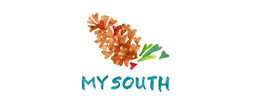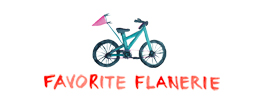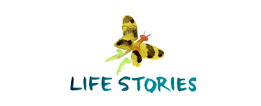12 Days of Thanksgiving: DAY 10
I read this poem from the American Life in Poetry project last week and I’ve been thinking about it ever since. I love the phrase “to claim a place in the bounty of earth.” Isn’t that what we really find ourselves about so many times? Claiming a place of bounty for our own hearts and spirits. So often we slip into thinking that bounty falls before us with no effort. That we are simply able to sit before a table amply spread and partake of bounty at no cost. But, as Mr. Levine writes, bounty more often comes through effort — through the conscious and persistent labors of grace in our lives and the staunch belief in our hearts that labor will be rewarded. And the belief that the bounty for which we labor is precious.
I’m reminded today that bounty must be cultivated as we root out the life of meaning that brings us joy. God is so incredibly generous. His provision is ample. But it is my responsibility to maintain that space for His abundance. It is my responsibility to put in the effort to cultivate my own heart, recognizing, claiming, and preserving what is important.
And, as the poem expresses, joy may be found in that labor. Our effort and struggle produces a greater measure of gratitude.
American Life in Poetry: Column 348
BY TED KOOSER, U.S. POET LAUREATE, 2004-2006
When we’re on all fours in a garden, planting or weeding, we’re as close to our ancient ancestors as we’re going to get. Here, while he works in the dirt, Richard Levine feels the sacred looking over his shoulder.
Believe This
All morning, doing the hard, root-wrestling
work of turning a yard from the wild
to a gardener’s will, I heard a bird singing
from a hidden, though not distant, perch;
a song of swift, syncopated syllables sounding
like, Can you believe this, believe this, believe?
Can you believe this, believe this, believe?
And all morning, I did believe. All morning,
between break-even bouts with the unwanted,
I wanted to see that bird, and looked up so
I might later recognize it in a guide, and know
and call its name, but even more, I wanted
to join its church. For all morning, and many
a time in my life, I have wondered who, beyond
this plot I work, has called the order of being,
that givers of food are deemed lesser
than are the receivers. All morning,
muscling my will against that of the wild,
to claim a place in the bounty of earth,
seed, root, sun and rain, I offered my labor
as a kind of grace, and gave thanks even
for the aching in my body, which reached
beyond this work and this gift of struggle.——————————————————-
American Life in Poetry is made possible by The Poetry Foundation, publisher of Poetry magazine. It is also supported by the Department of English at the University of Nebraska-Lincoln. Poem copyright © 2010 by Richard Levine, from his most recent book of poetry, That Country’s Soul, Finishing Line Press, 2010, by permission of Richard Levine and the publisher. Introduction copyright ©2011 by The Poetry Foundation. The introduction’s author, Ted Kooser, served as United States Poet Laureate Consultant in Poetry to the Library of Congress from 2004-2006. We do not accept unsolicited manuscripts.







 Hello & welcome! I’m Haley Montgomery, and I’m the designer and owner of
Hello & welcome! I’m Haley Montgomery, and I’m the designer and owner of 















